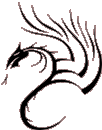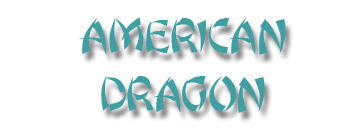POINT: ST-9 (STOMACH-9)
| English: | Man's Welcome |
| Also Known As: | Person's Welcome |
- Level with the laryngeal prominence, this point is located on the anterior border of the sternocleidomastoid muscle where the pulse of the common carotid artery can be felt.
- 1.5 cun lateral to the laryngeal prominence.
- Level with the tip of and 1,5 cun lateral to the laryngeal prominence, in the depression between the anterior border of the sternocleidomastoid muscle and the lateral border of the thyroid cartilage.
- Note: the carotid artery lies just beneath and can be readily palpitatedat the anterior border of the sternocleidomastoid muscle. This point lies between the carotid artery lateral border of the thyroid cartilage.
- Note: Ask the patient to lie flat and remove any pillow. Palpate the laryngeal prominence and the, laterally, the the lateral border of the thyroid cartilage. A little more laterally than this, the carotid artery may be felt. Use the index finger of one hand to define and enlarge the space between the lateral border of the thyroid cartilage and the artery and needle into this space with the other hand.
- Note: in females the laryngeal prominence is not as pronounced as in males. If it is indistinct, palpate the depression formed by the lower border of the hyoid bone and the upper border of the thyroid cartilage at the midline. The laryngeal prominence lies just below this.
- Level with the tip of the Adam's apple where the pulsation of the common carotid artery is palpable on the anterior border of the m. sternocleidomastoideus.
- Straight or slanted insertion, 0.5 to 1 cun. Sensation: local distention and soreness, extending toward the shoulder.
- Caution: avoid penetrating the artery.
- Perpendicular insertion 0.5 to 1 cun.
- Caution: Care should be taken to avoid penetrating the artery which must be palpated and then held laterally during needling, by using the index finger and thumb of one hand above and below the point.
- Puncture perpendicularly 0.3 to 0.5 cun. Avoid puncturing the common carotid artery.
- Se of Qi point
- Meeting point of the Gall Bladder channel
- Window of Heaven point
- Regulates Qi and Blood
- Benefits the throat and neck
- Lowers Rebellion
- Alleviates pain
- Removes masses
- Relieves swelling
|
|
Goiter |
Hypertension |
Low Blood pressure |
PC-6 |
LI-13 |
|
Sudden turmoil disorder, headache, chest pain and dyspneic rales |
Scrofula (moxa 30 times) |
Tinnitus with lumbar pain (first needle ST-9) |
- Moxibustion is contraindicated.
- If you needle too deeply, you can kill the patient.
- For acute lumbar sprain, needle this point bilaterally or on the affected side.
- It is said that this point should be needled to revive a patient who is about to die.
- It is used in Excess patterns characterized by Excess Qi at the top part of the body (Excess above and Deficiency below).

